How to soften up hard honeySweet, golden honey drips thickly from spoons, but it can harden and crystallize during prolonged storage. Honey is almost pure sugar so it naturally begins to crystallize and harden in the jar. It may also darken or develop a stronger flavor, but this doesn't ruin the quality of the honey. The sugar crystals melt easily with heat, which revitalizes the honey so it regains its thick, sugary consistency. You can heat and dissolve the sugar crystals as often as necessary to keep the honey in its liquid form.
Step 1 Bring the jar of honey to room temperature if it was refrigerated. Set it on the counter for about one hour prior to softening, especially if it's in a glass jar. Cold glass can crack when it heats up. Step 2 Fill a medium saucepan with water. Open the jar and set it in the pan so the water comes about halfway up the sides of the jar, or at the most just below the level of honey in the jar. Step 3 Heat the water over low heat but don't bring it to a boil. You turn the heat up to medium heat if the honey is in a glass jar, but keep the heat low if it's in a plastic container so the container does not melt. Step 4 Stir the honey constantly as it begins to soften. Stirring allows the honey to heat evenly and ensures all the sugar crystals melt. Continue to heat and stir until the honey reaches the desired consistency and all the crystals are gone. Step 5 Store the revitalized honey in a closed jar at room temperature. Honey crystallizes more slowly at room temperature than in the refrigerator. How to remove waspsLast week , 8th August , we put these bottle around the apairy to stop wasps from robbing the honey and causing mischief with our bee's . Literally one minute after putting the wasp traps out, they began generating interest from the wasps . Today (13th August ) we called back for our regular inspection of the beehives . What a result !! How to remove wasps - What you will need to make your own wasp trapIf you would like to make a wasp trap to remove wasps from around your house or garden , you will need some basic ingredients easily found around the house :
Follow the instructions from this post or download by clicking the button below Note : It is important to drill a small hole in the bottle - you;ll need the cap on your bottle to stop wasps getting out ( for some reason they can;t find the hole the came into your wasp trap ) and should you get rain - you'll want the cap on your bottle so as not to dilute your mixture. If you have being stung by a wasp - you might want to read this post to see how to get the best treatment for your sting
If you would like to order some local honey , click here Watch a beehive - live
Click the squares icon to toggle between camera views in the live camera viewer above
Carniolan Honey Bees :
These Carniolan honey bees have made their home inside a hollow log near the town of Waal in Bavaria. As the camera is placed right next to the entrance of the hive, you will see there is a constant stream of bees flowing through as they go their endless quest for nectar. Carniolan bees are a member of the western honey bee family and tend to live in southern and eastern Europe. Prime times: The best time to view is between 06:00 and 19:00 CEST (04:00 and 17:00 GMT). Camera schedule: The camera is currently live 24 hours a day. Live cam operated by explore.org. *Please note that you may have to wait for a few moments for this live cam to appear – but it’s worth it! How to tell the difference between a bee and a waspWasps and honey bees can be mistaken for one another because both insects are capable of giving painful stings. While honey bees can attack when provoked, wasps are naturally and more aggressive predators. Identifying the difference between honey bees and wasps is important in order to administer proper treatment of wounds and appropriate pest control. Wasps and honey bees are both members of the Hymenoptera order of insects. However, their physical bodies are different. Honey bees measure around 2.54 cm long. Some have entirely black bodies, while others are black or brown with orange or yellow striations. Honey bees are hairy, while wasps usually have smooth and shiny skin. Wasps are narrow-waisted, have four wings and may be brightly colored, with black and yellow patterns. Wasps and bees also differ in lifestyle and habits. Honey bee colonies can have populations over 75,000, while wasps’ colonies tend to have fewer than 10,000 individuals. Queen wasps build a nest for their colony, while worker honey bees create and maintain hives. Unlike most wasps that hibernate during the winter season and build a new nest the following autumn, honey bees do not hibernate, as they live on food reserves and heat accumulated by thousands of workers. Wasp species cannot produce honey, but all species of honey bees are capable of producing and storing sizeable amounts of honey within their hives. While honey bees can sting only once and die after attacking, a single wasp is capable of stinging multiple times.
This lady called beekeeping association line and threatened to sue and call the police on the volunteer who answered the phone because no one would remove her bees for free!
How to make Honey Ice CreamDirectionsWhisk together eggs, honey, and salt in medium bowl. In medium saucepan, bring half-and-half to a full simmer with any infusions. Remove from heat. If infusing, cover and let steep 2 hours and strain into another medium size saucepan and bring to a simmer again. In a slow, steady stream, add about 1 cup of the simmering cream mix to the eggs while whisking (to avoid scrambling the eggs) and then return the egg and cream mixture to the sauce pan. Again, bring to a simmer over medium-low heat, stirring constantly until custard thickens enough to coat spoon and thermometer reads 170°F to 175°F, about 4 minutes (do not allow to boil!). Strain into clean bowl and allow steam to escape before covering and chilling until cold (at least 3 hours and up to 1 day). Process custard in ice cream maker according to manufacturer's instructions; add soft ingredients half way through freezing or chunky ingredients during the last 2 to 5 minutes. Transfer to bowl or tub, add any desired swirls and serve, or cover and freeze until firm, at least 3 hours and up to 3 days. Four ways to customize honey ice cream
So why is honeycomb six sided - this might explain Wasp Stings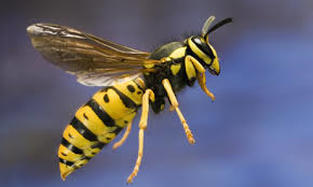 Wasp Wasp A sting by a social or common wasp (also known as a yellow jacket) is a painful experience. It can be very upsetting and frightening for young children. Wasp stings may even be life threatening to people allergic to the poison in stings. This allergic reaction is known as anaphylaxis. People who have been stung several times previously and have become sensitised are more likely to suffer this systemic reaction. The good news is that this type of allergic reaction is rare and it is even rarer for it to be fatal. Wasps, like bees and hornets, are equipped with a stinger as a means of self-defense. A wasp’s stinger contains poisonous venom that is transmitted to humans during a sting. Wasps can sting more than once during an attack because their stingers remain intact. (A bee can only sting once, as the stinger of a bee becomes stuck in the skin of its victim.) However, even without leaving the stinger behind, wasp venom can cause pain and irritation
Treatments for Wasp StingsIt is difficult to know how you might react to a wasp sting, if you have never been stung before. There are some practical things you can do to help with any pain you might feel
If itching or skin irritation becomes bothersome, use hydrocortisone cream or calamine lotion to control the discomfort. Baking soda and colloidal oatmeal are additional ingredients that are soothing to the skin, and can be used in the bath or through medicated skin creams If you are in any doubt about a wasp sting please consult a doctor or medical professional. The allergic reaction anaphylaxis can occur when someone becomes sensitised to the poison in the sting. It is a rare reaction but can be fatal. If someone has the following symptoms after being stung, immediately call for an ambulance:
Wasp trapPlace the following ingredients inside a bottle
B-LazerB-Lazer is a new treatment in development to help rid bees of the varroa mite .
Listen back to what Philip McCabe had to say about it on last Sundays Mooney Goes Wild on RTE Radio 1 |
Gerry Walsh
Some of my stories and ramblings Categories
All
Advertisement
Beekeeping as a Hobby - find out more here
Archives
March 2019
|
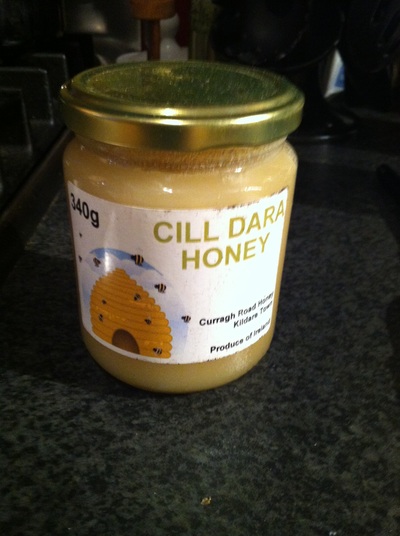
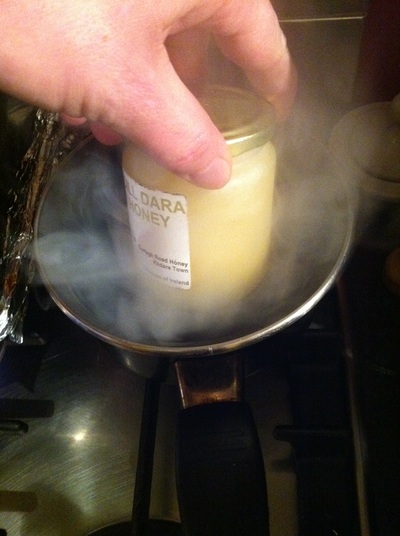
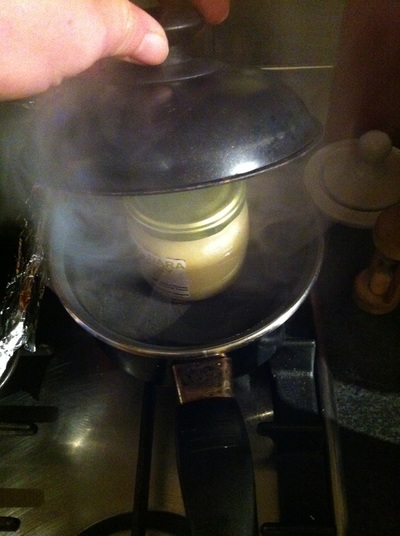
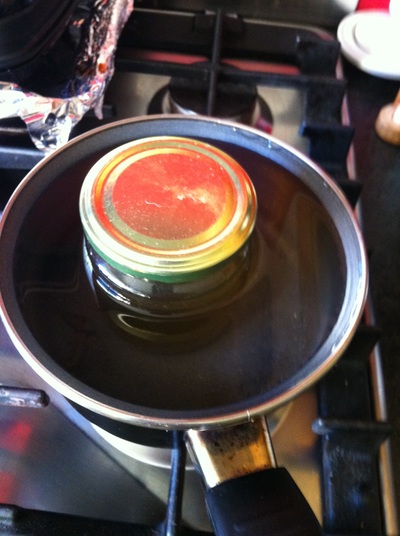
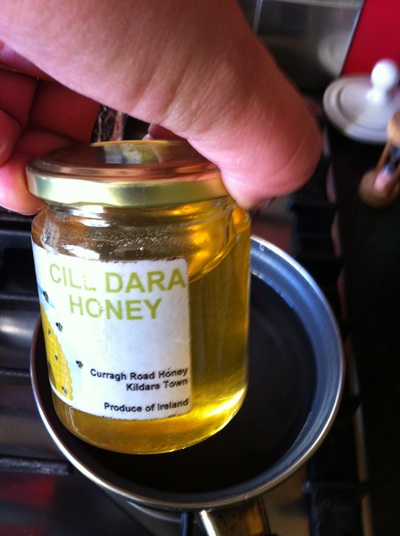
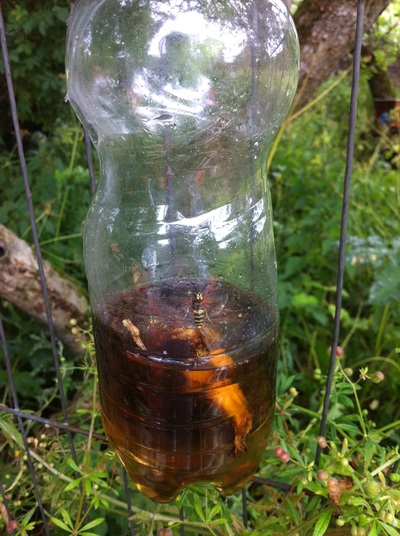
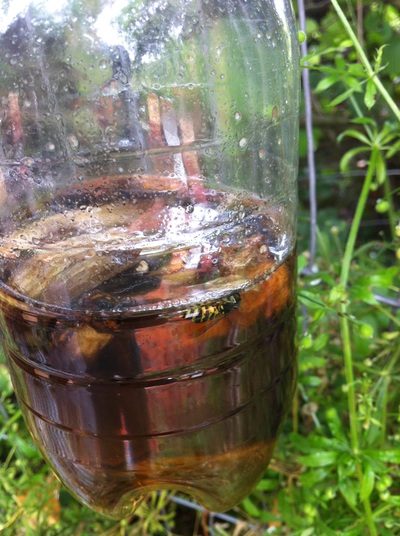
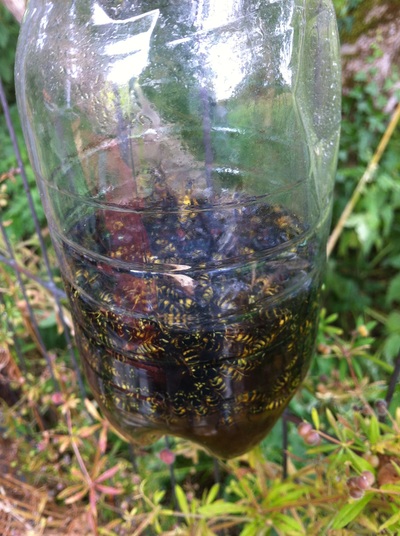
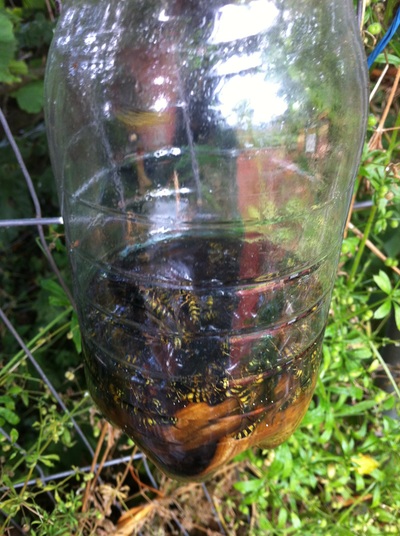
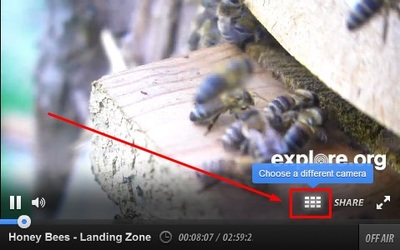
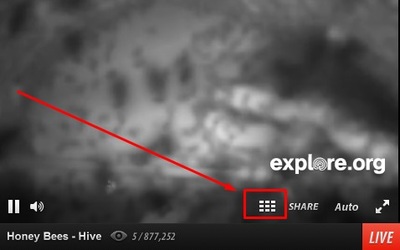
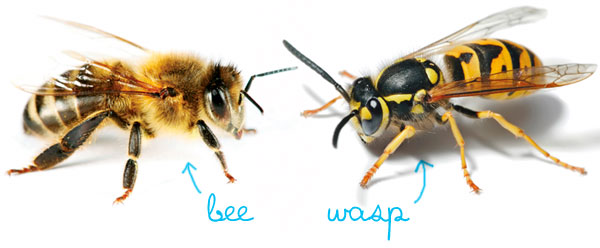
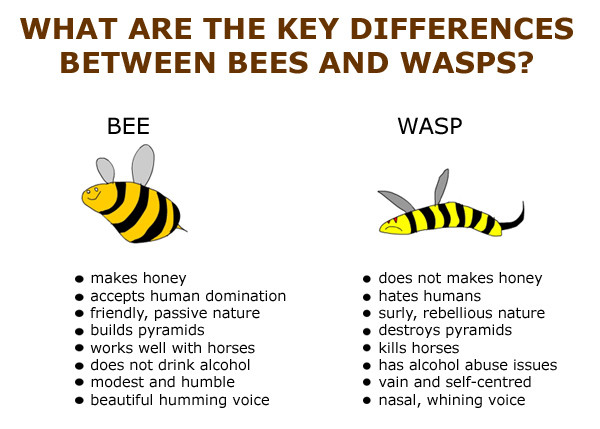
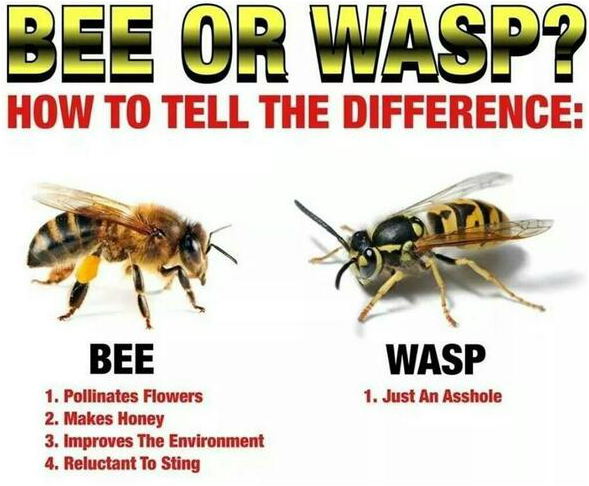
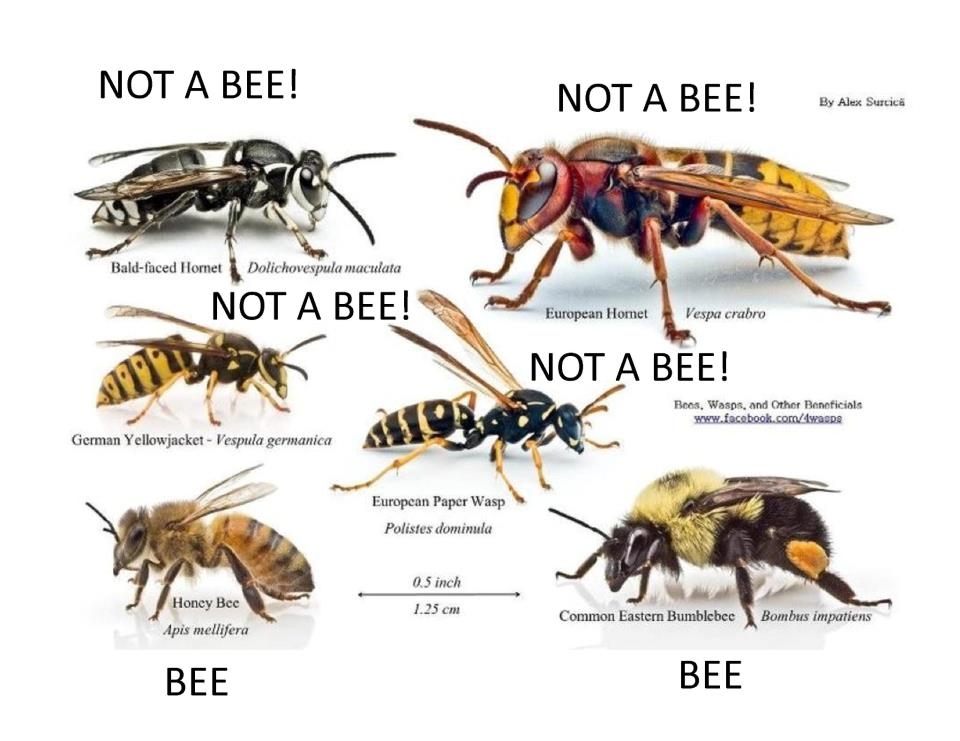



 RSS Feed
RSS Feed